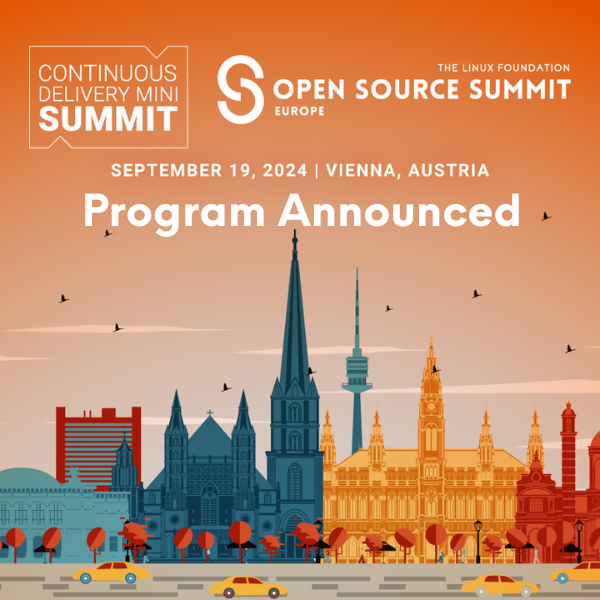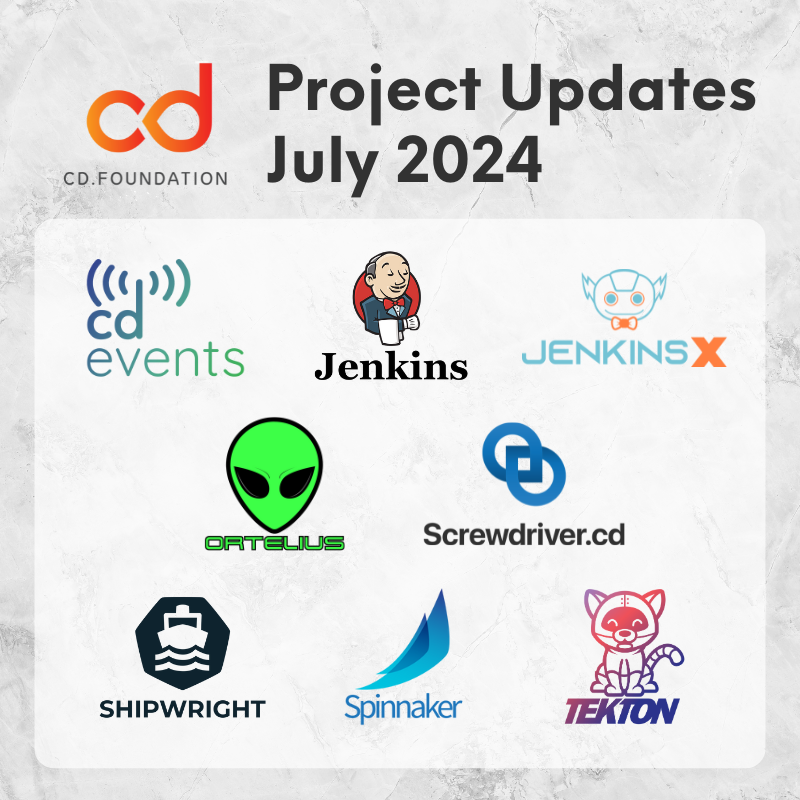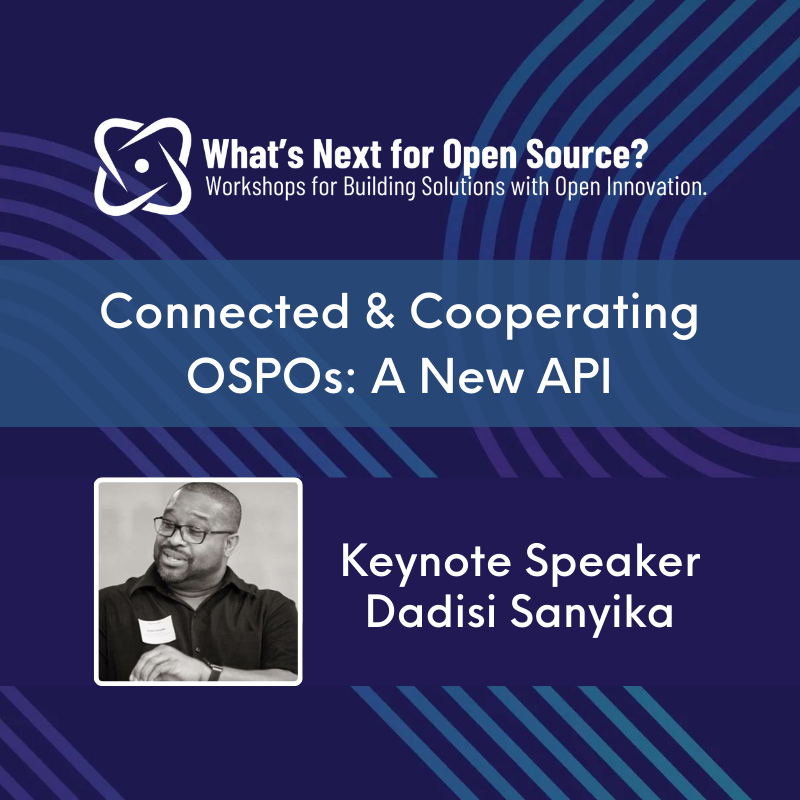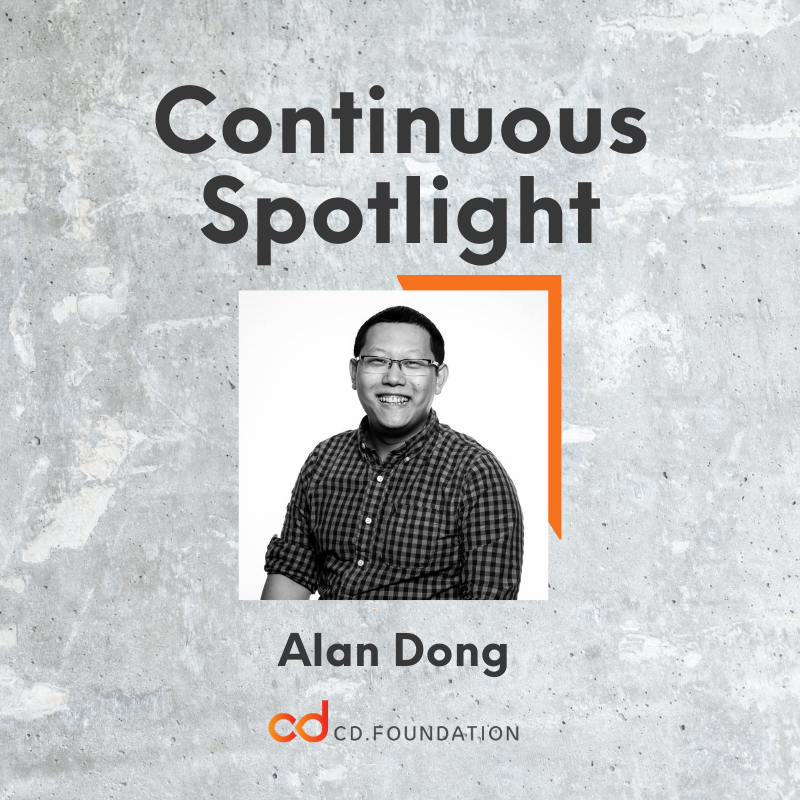



We’re happy to announce that the third Continuous Delivery Mini Summit program is now live!
Join us in Vienna for our half-day event co-located with Open Source Summit Europe (September 16–18)—simply choose CD Mini Summit as a 5$ add-on to your OSSummit registration. Register here
Event Date/Time: September 19 from 13:30 to 17:00 CEST
Thank you to our program committee for their hard work and taking the time to put a great program together once again this year.







